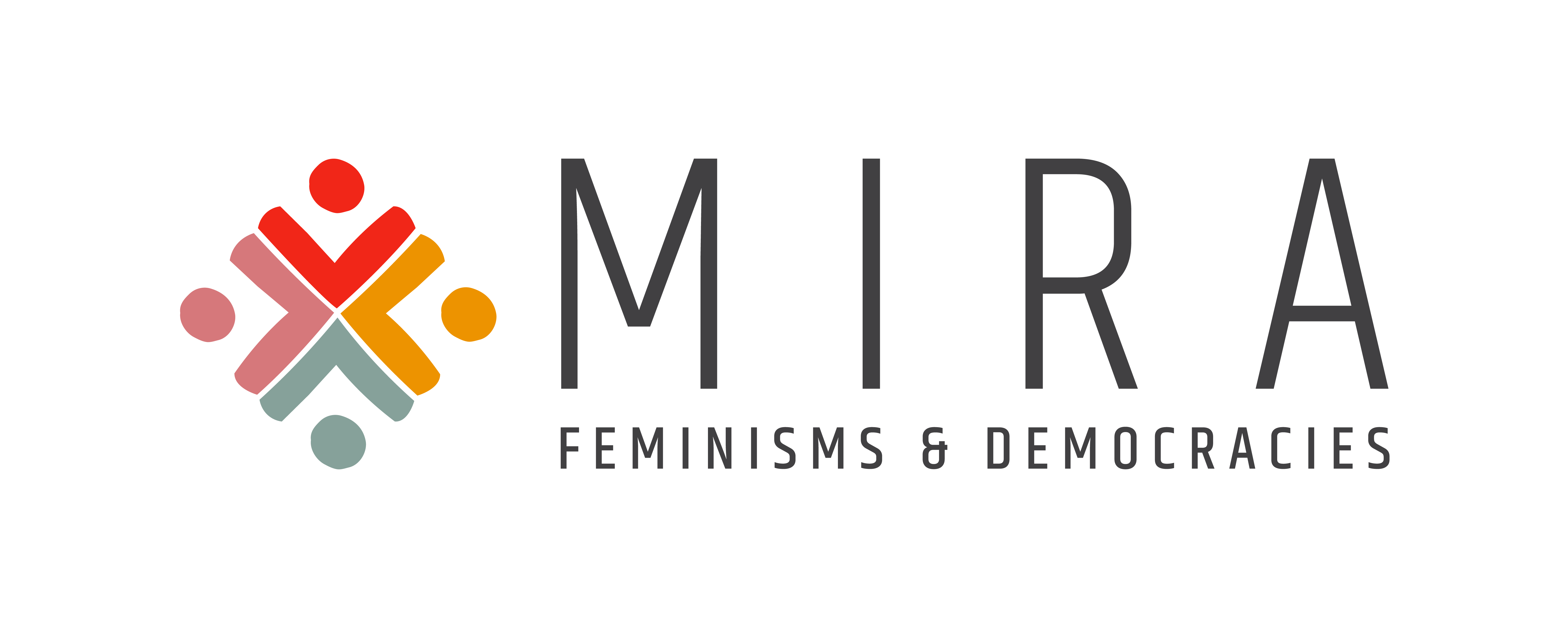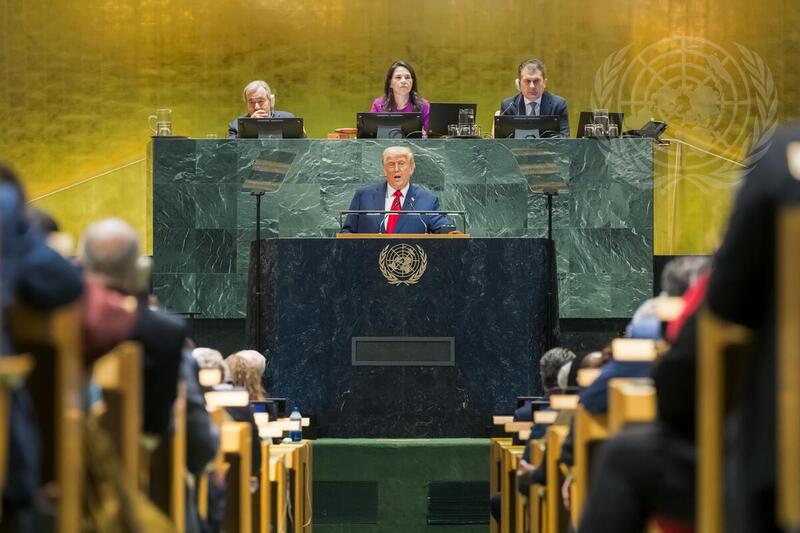On March 22, in Monterrey, Mexico, U.S. President George W. Bush and
Mexican President Vicente Fox released "The Monterrey Commitments"
in a joint statement culminating more than a year of negotiations over
the binational processes and institutions conceived for environmental
infrastructure development in a side agreement to the North American Free
Trade Agreement (NAFTA).
Under the 1993 side agreement, the United States and Mexico created a
new paradigm for addressing dire environmental infrastructure needs along
their shared border, namely, the Border Environment Cooperation Commission
(BECC) and the North American Development Bank (NADB). The institutions’
funding, including the NADB’s paid-in capital, comes from both countries.
In Monterrey, the presidents announced a long-expected package of proposed
reforms to the BECC and the NADB that are meant to make their processes
more efficient and to assure that NADB capital becomes more affordable
for border environmental infrastructure projects.
The presidents’ proposals are for:
- Financial Instruments: The capacity of the NADB’s Low Interest
Rate Lending Facility, also known as the Value Lending Program, should
double, from $50 million to $100 million, and new grant funds should
be created from the NADB’s own resources. - Geographic Scope: BECC and NADB support in Mexico should expand
from the current eligible area of within 100 kilometers of the borderline
to a new 300-kilometer limit. The U.S. geographic area eligible for
support would remain at its 100-kilometer limit. Projects within the
100-kilometer zone of both countries would be given preference in receiving
grants and low-interest loans. - Organization, Structure, and Process: The BECC and NADB’s separate
boards of directors should be replaced with a single, merged board of
directors that would include representatives from the federal government,
the border states, and the public. A business process review, including
an audit, of the institutions should be conducted. - Private Sector: More efforts will be targeted to developing
private sector projects for BECC certification and NADB financing.
Some of the reforms require congressional approval in each country.
Much of the impetus behind the reforms appears to have stemmed from frustration
in Mexico over NADB’s inability to make affordable loans with its paid-in
capital due to the Bank’s original charter.
In addition, the aspirations of some applicants for project support have
been thwarted by various aspects of the certification and financing processes.
The applicants cite unnecessary duplication of efforts, cumbersome loan
requirements, lack of responsiveness by NADB staff, delays due to communication
gaps between NADB and BECC staff, and other issues.
From early 2001 until this spring, officials volleyed back and forth
different proposals for BECC-NADB reform, both within and between the
two countries. These ranged from completely merging the institutions to
expanding their geographic scope to include projects throughout Mexico.
Until last fall, most of the negotiations were conducted beyond the public
eye and without the benefit of formal stakeholder consultations.
Due to concerted efforts by the U.S. Environmental Protection Agency
and its Mexican counterpart, the Secretaría de Medio Ambiente
y Recursos Naturales, public input sessions were ordered Sept. 6,
and carried out last fall and winter in border communities in both countries.
The administrations received comments from the U.S. and Mexican border
governors, the Good Neighbor Environmental Board, NGOs, local communities
that have undertaken BECC-NADB projects, academics, and other stakeholders.
Following the consultations, the tenor of the negotiations changed. The
range of recommendations broadened and the presidents’ announcement of
their decisions on the issue was postponed from its original Oct. 31 deadline
until the date of the Monterrey Commitments.
The presidents’ responses are likely to please a fair share of constituents.
Yet the proposals will require continued public scrutiny to ensure that
the reforms are carried out in the best interests of the people and wildlife
in the border region.
Financial Instruments
In its Five-Year Outlook, the NADB identified nearly $2 billion
worth of border environmental infrastructure needs for the 2001-2005 period.
Many projects still are needed in very poor urban and rural communities
just to meet the basic humanitarian demands of border residents, such
as clean drinking water, sewage systems, and solid waste disposal.
But for these communities, access to the NADB’s traditional core lending
programs is unattainable due to high interest rates. That has created
the necessity for making available more grants, reduced rate loans, or
a combination of different financing mechanisms.
Access to credit, especially to affordable credit, is a key issue in
the border region, particularly for Mexican communities. Doubling the
capacity of the Low Interest Rate Lending Facility, currently limited
to $50 million, will allow more border communities to consider loan components
for environmental infrastructure projects.
Although details of the additional grant funds have not yet been released,
border communities welcome any amount of grant funds, especially if the
funds can be finessed without greatly affecting the long-term viability
of NADB’s paid-in capital.
Geographic Scope
Mexico’s environmental infrastructure needs are pressing throughout the
country. Expanding Mexico’s geographic eligibility for NADB core lending
programs to meet these needs may, in fact, create greater returns on the
bank’s paid-in capital, thus making more funds available for low interest
rate loans or grants for border communities.
In addition, the expanded geographic range may enable the NADB to work
with the Mexican federal government and communities to enhance their currently
limited access to loan guaranties.
Organization, Structure, and Process
Board merger: The net effect of the board merger will be to decrease
non-federal participation on the BECC side of the table but to increase
non-federal representatives on the NADB side. It may be an opportunity
to increase transparency and public input in the NADB process. It also
will require members of the newly merged board to be responsible for and
knowledgeable about the actions of both institutions. Attention to maintaining
the checks and balances built into the institutions will be crucial.
Business process review: Key to developing an effective business process
review will be the design of the audit. The process must include a strong,
multi-stakeholder component. It needs to focus on both the inner workings
of the institutions as well as their external relationships with the public.
In addition, elements of various auditing methods must be applied, including
management, performance, procurement, and financial methods.
Private Sector
Since the inception of the BECC and the NADB, the boards of both institutions
have identified expanding private sector participation as a key step toward
creating economic sustainability in the border region. As private sector
projects are submitted for financing, however, attention must be paid
to ensuring that the projects provide environmental benefits to the greater
public, not the private developers alone.
As always, the devil is in the details. The Monterrey Commitments are
just another step on the long road toward creating sustainability for
the unique U.S-Mexico border region.



